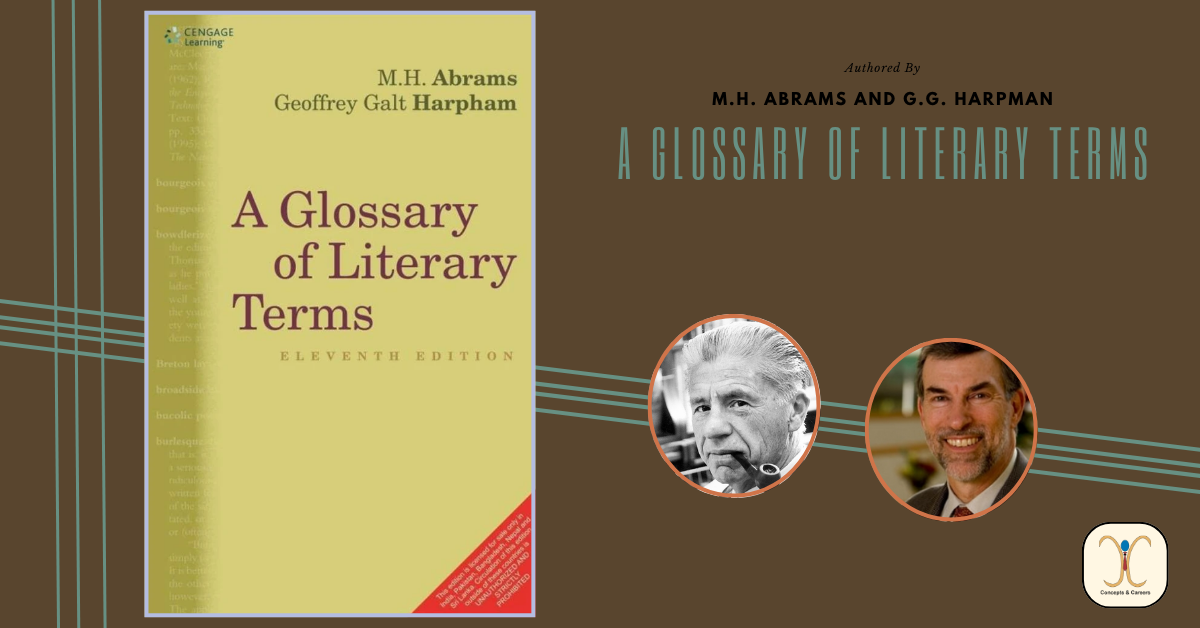- Have any questions?
- [email protected]
Unlocking the Language of Literature: A Deep Dive into “A Glossary of Literary Terms” by M.H. Abrams and Geoffrey Galt Harpham

FinX: Bridging the Skills Gap in India’s BFSI and Tech Sectors
May 9, 2025
🔥 Flam: Igniting the Future of Marketing with Mixed Reality
May 16, 2025“A Glossary of Literary Terms” by M.H. Abrams and Geoffrey Galt Harpham is an essential reference guide for students, scholars, and enthusiasts of literature. In this comprehensive analysis, we will explore the key concepts, terms, and theories presented in Abrams and Harpham’s seminal work, providing readers with a comprehensive understanding of the language and techniques of literary analysis.
1. The Foundations of Literary Analysis:
Central to “A Glossary of Literary Terms” is the exploration of the fundamental concepts and principles of literary analysis. Abrams and Harpham delve into the key elements of fiction, poetry, and drama, including plot, character, setting, theme, and symbolism, providing readers with the tools they need to critically engage with literary texts.
2. Exploring Literary Theory and Criticism:
The book provides an overview of various literary theories and critical approaches, ranging from formalism and structuralism to postcolonialism and feminism. Abrams and Harpham discuss the evolution of literary criticism and the ways in which different theoretical frameworks can shape our interpretation of texts, offering readers valuable insights into the rich diversity of literary scholarship.
3. Understanding Poetic Forms and Devices:
“A Glossary of Literary Terms” offers detailed explanations of poetic forms, meters, and devices, allowing readers to appreciate the intricacies of poetic craftsmanship. Abrams and Harpham explore the sonnet, the villanelle, the haiku, and other poetic forms, as well as devices such as metaphor, simile, imagery, and irony, providing readers with a comprehensive toolkit for analyzing poetry.
4. Unpacking Narrative Techniques and Structures:
The book delves into the art of storytelling, examining narrative techniques, structures, and devices employed by authors to engage and captivate readers. Abrams and Harpham discuss the use of point of view, narrative voice, plot structure, and narrative techniques such as foreshadowing, flashback, and stream of consciousness, offering readers valuable insights into the craft of storytelling.
5. Analyzing Drama and Performance:
“A Glossary of Literary Terms” explores the elements of drama and performance, including character, dialogue, stage directions, and theatrical conventions. Abrams and Harpham discuss the ways in which playwrights use language, action, and symbolism to convey meaning and evoke emotional responses in audiences, providing readers with a deeper understanding of the theatrical experience.
6. Applying Literary Theory in Practice:
In the final chapters of their book, Abrams and Harpham demonstrate how literary theory can be applied in practice through close readings and analyses of literary texts. They offer examples from a diverse range of works, from classic literature to contemporary fiction, showing readers how different theoretical perspectives can illuminate and enrich our understanding of literature.
“A Glossary of Literary Terms” by M.H. Abrams and Geoffrey Galt Harpham is an indispensable resource for anyone seeking to deepen their understanding of literature and literary analysis. Through its comprehensive coverage of key concepts, terms, and theories, the book equips readers with the tools they need to critically engage with literary texts and appreciate the richness and complexity of the literary landscape.



